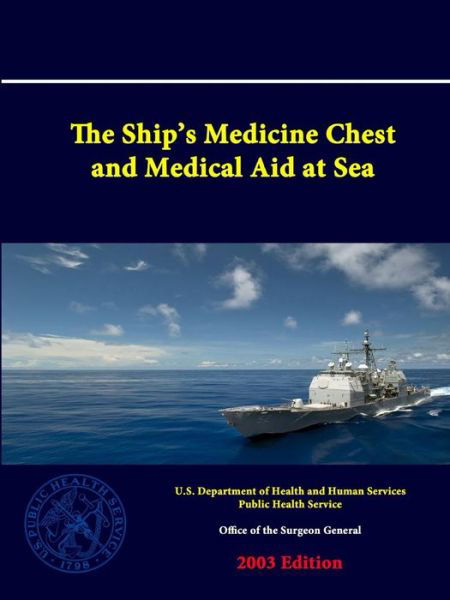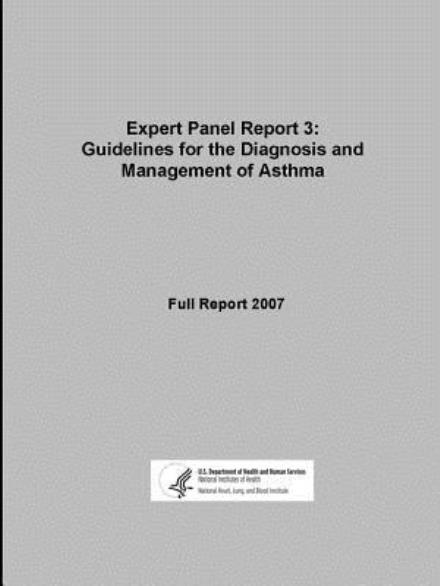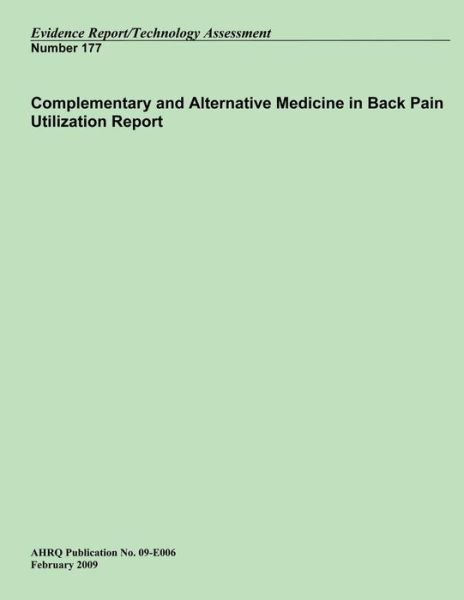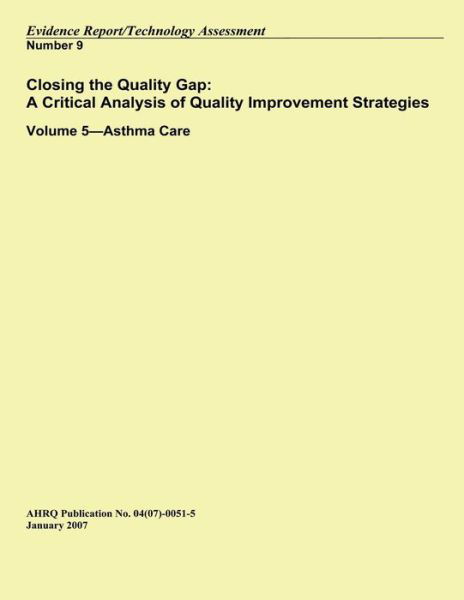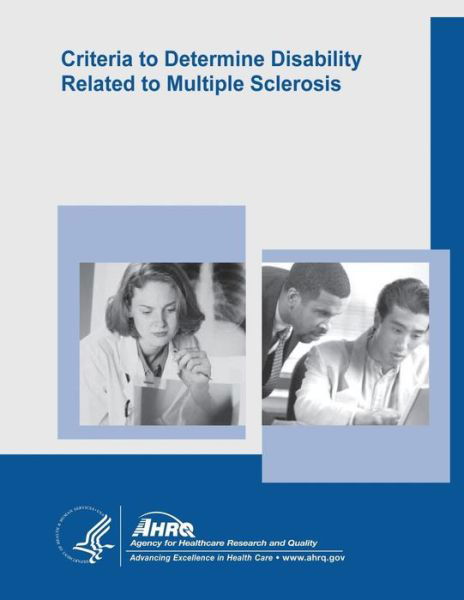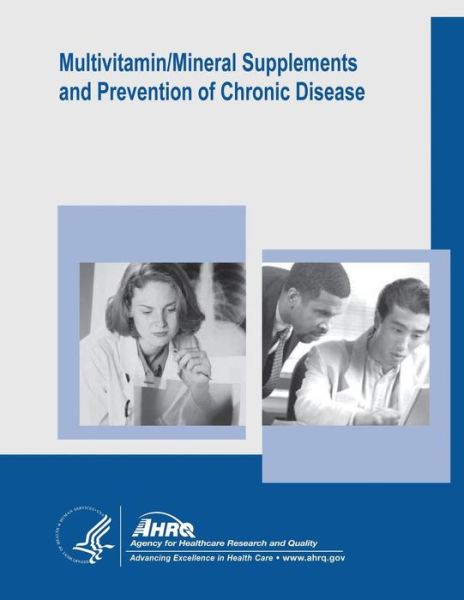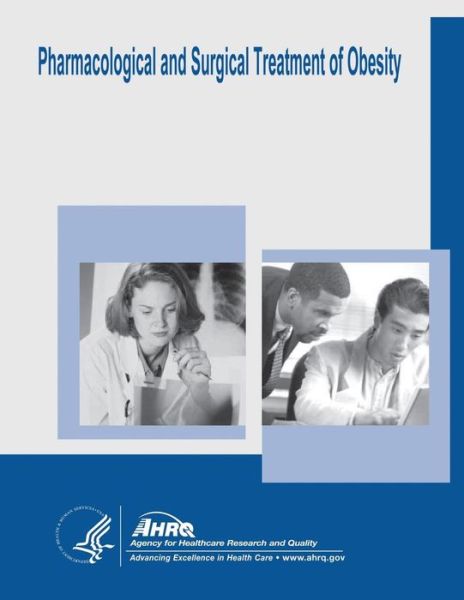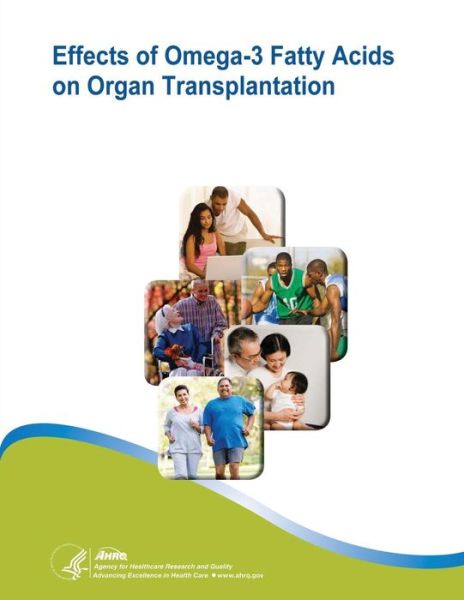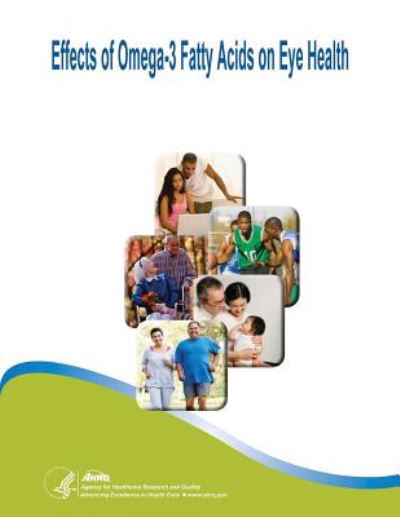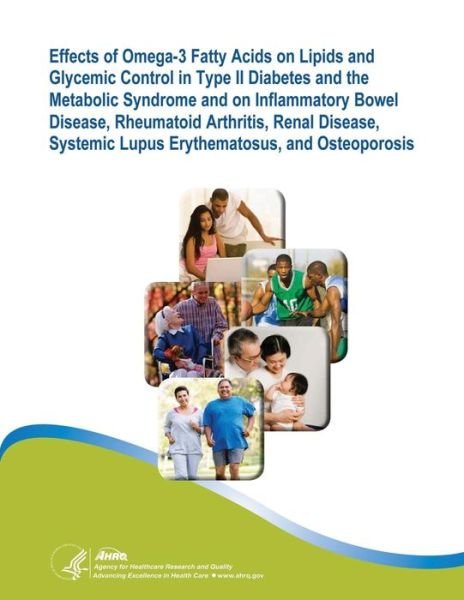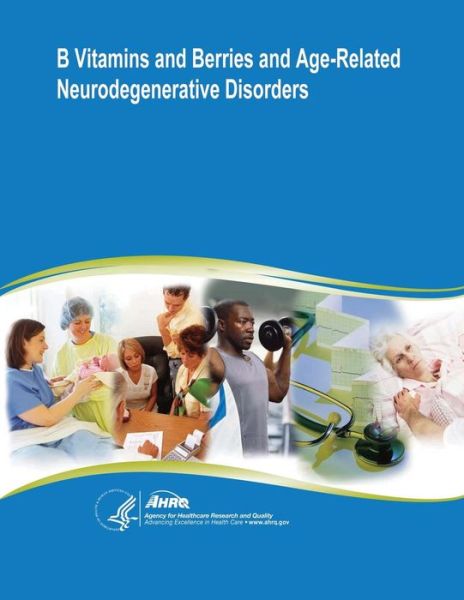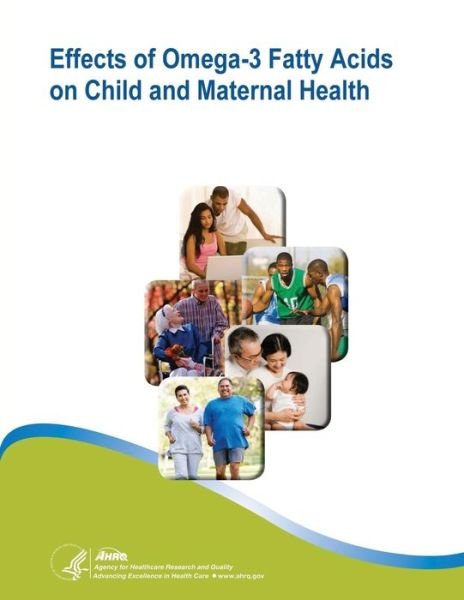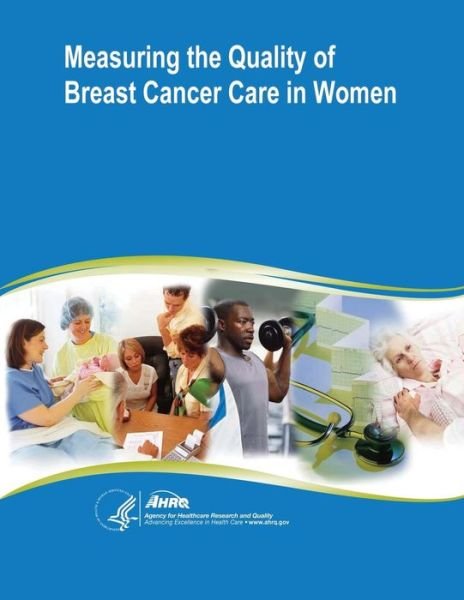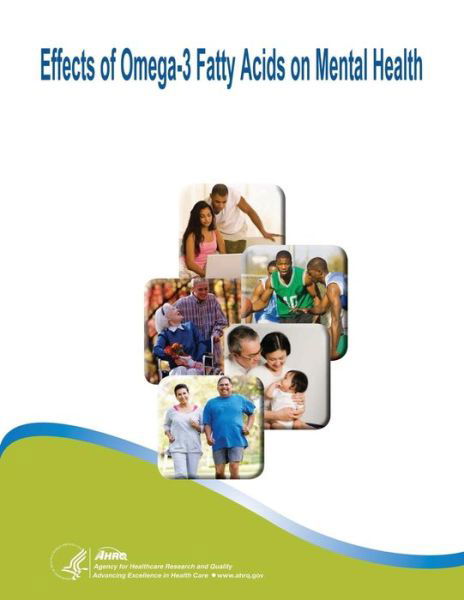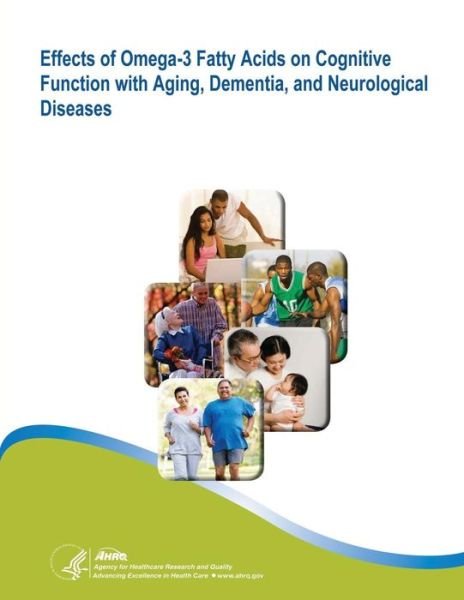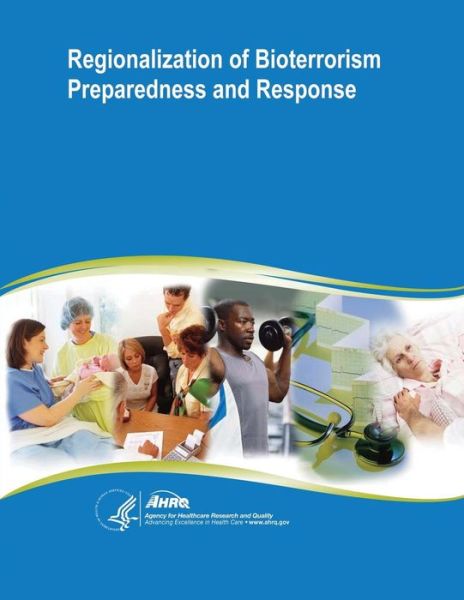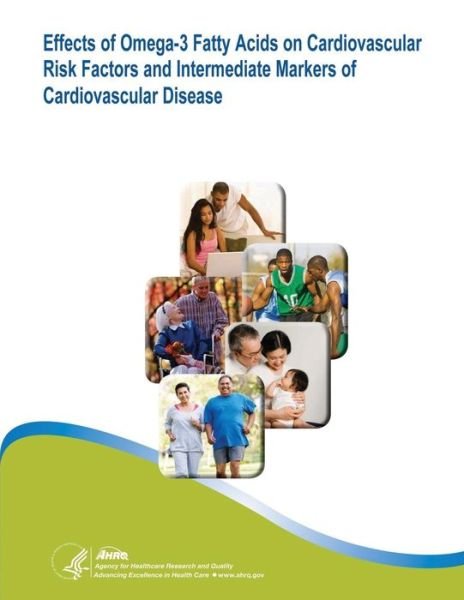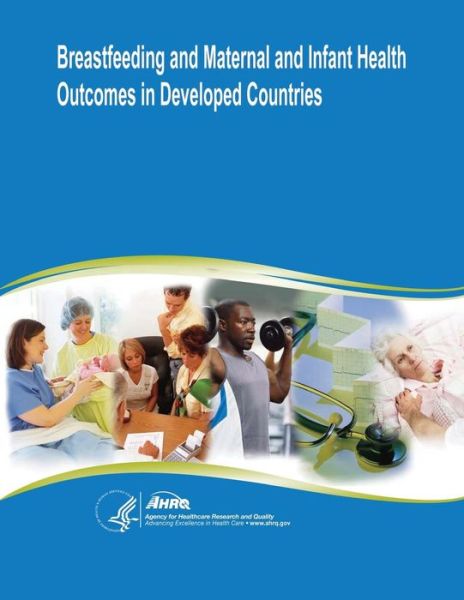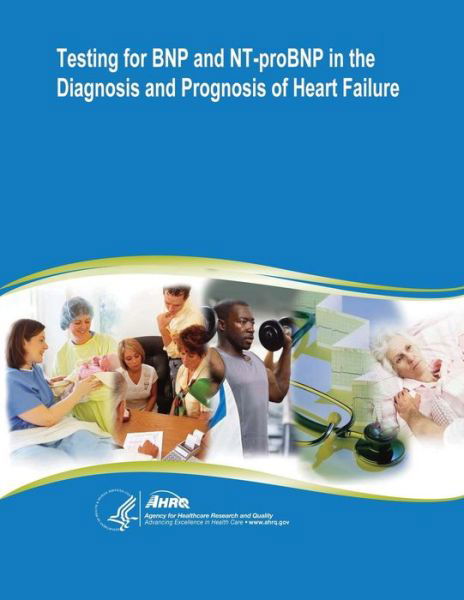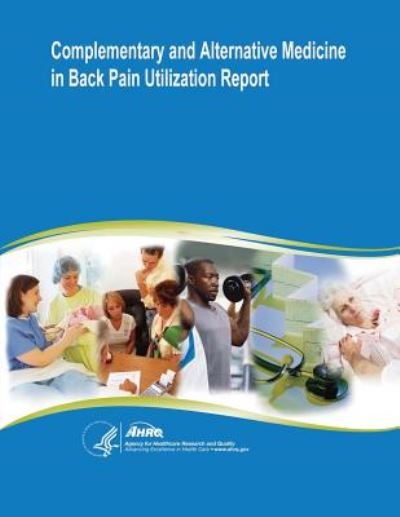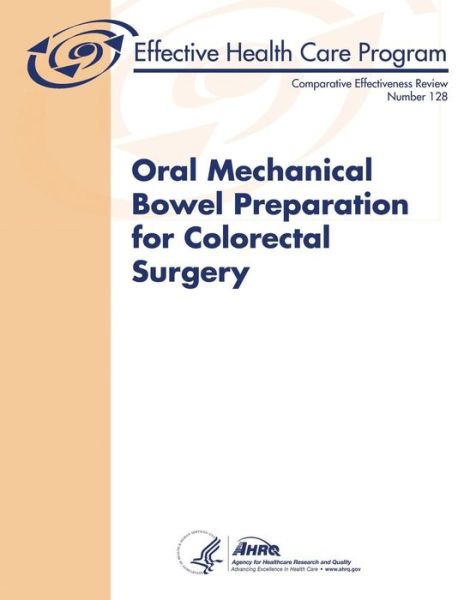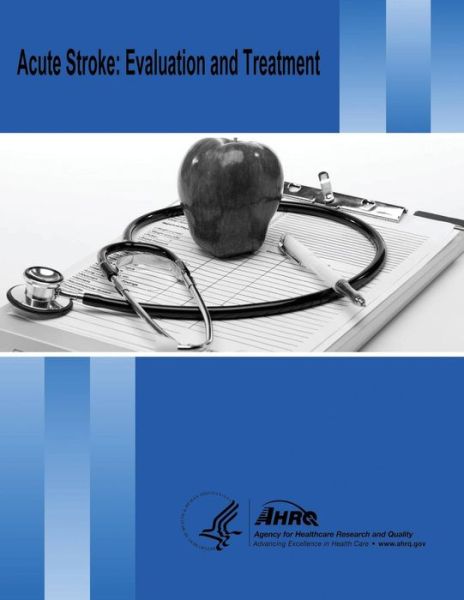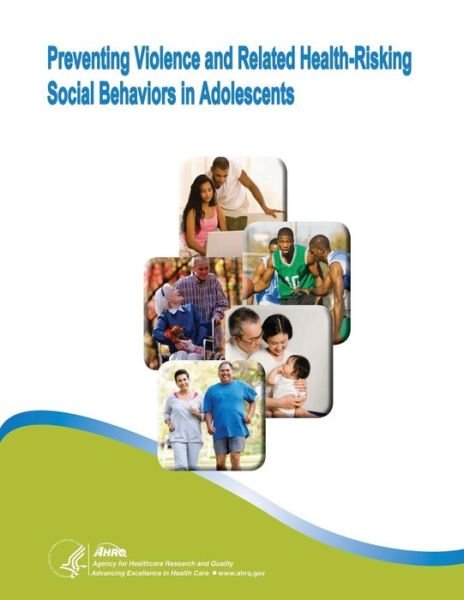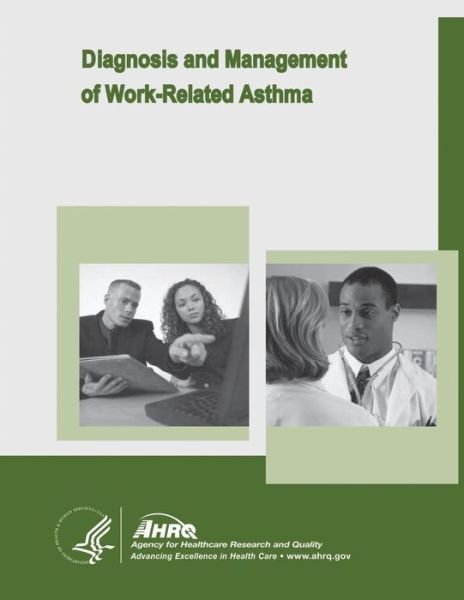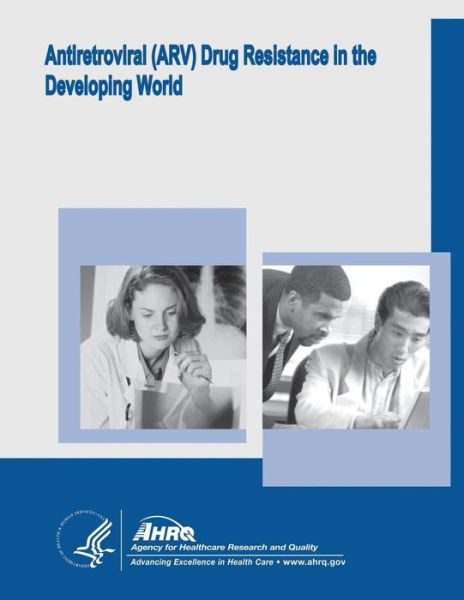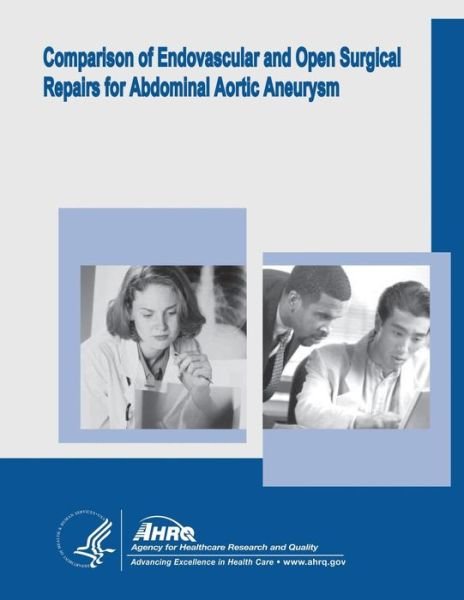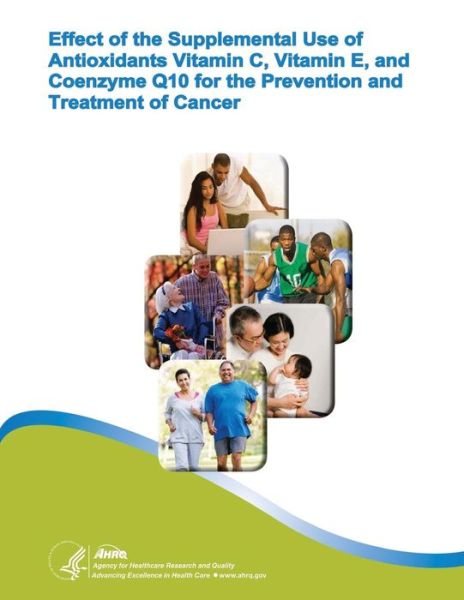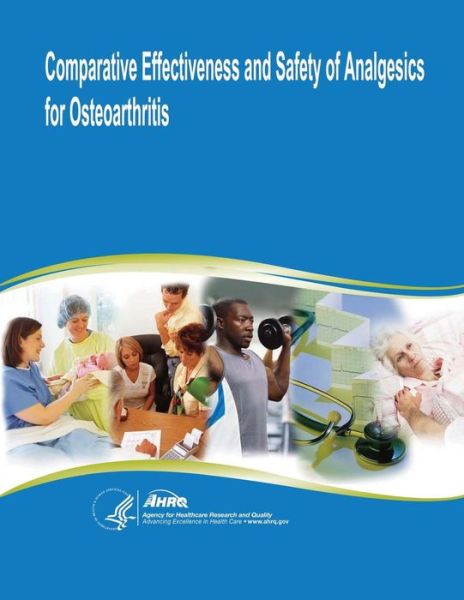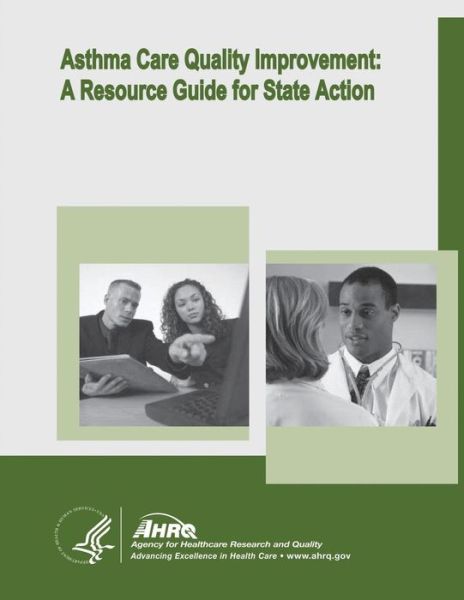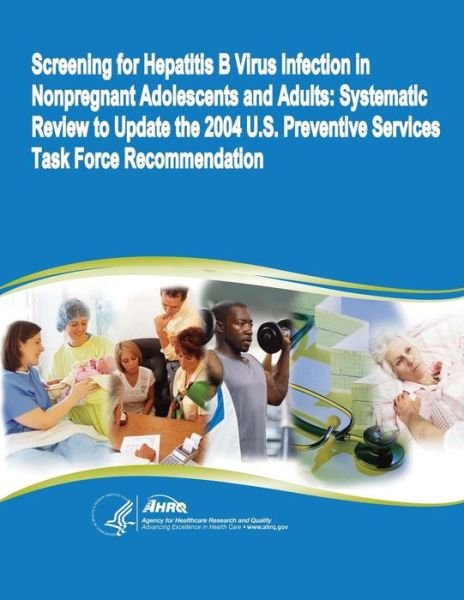
Tell your friends about this item:
Screening for Hepatitis B Virus Infection in Nonpregnant Adolescents and Adults: Systematic Review to Update the 2004 U.s. Preventive Services Task Fo
U S Department of Healt Human Services
Screening for Hepatitis B Virus Infection in Nonpregnant Adolescents and Adults: Systematic Review to Update the 2004 U.s. Preventive Services Task Fo
U S Department of Healt Human Services
Publisher Marketing: This report was commissioned by the U. S. Preventive Services Task Force (USPSTF) in order to update its 2004 recommendation on screening for hepatitis B virus (HBV) infection in nonpregnant adolescents and adults. In 2004, the USPSTF recommended against screening asymptomatic persons in the general population for chronic HBV infection, based on a lack of evidence showing that screening improves morbidity or mortality associated with HBV infection; that the prevalence of HBV infection is low in the general population; and that the majority of infected individuals do not develop chronic infection, cirrhosis, or other HBV-related liver disease. The USPSTF noted the poor predictive value of screening strategies for identifying persons at high risk for infection and limited evidence on the effectiveness of treatment interventions. The USPSTF also pointed out that routine vaccination has reduced the number of new HBV infections, particularly for children and adolescents, decreasing the burden of chronic HBV infection. HBV is a double-stranded DNA virus enclosed in a nucleocapsid protein (core antigen) surrounded by an envelope protein (surface antigen, or sAg). Serologic markers are usually the initial tests used to determine HBV infection status; subsequent tests in persons with markers indicating active infection are performed to determine the presence and level of circulating HBV DNA. Acute HBV infection (within 6 months after infection) is typically characterized by the initial appearance of HBV surface antigen (HBsAg) without other serologic markers, followed by the appearance of immunoglobin M (IgM) antibody to the HBV core antigen (anti-HBc). Chronic infection is characterized by the persistent presence of HBsAg for longer than 6 months; HBV DNA levels can fluctuate and are not a reliable marker of chronic infection. The presence of HBV e antigen (HBeAg) is usually associated with high levels of HBV DNA in serum and high infectivity. Resolution of HBV infection and immunity are typically characterized by disappearance of HBsAg and appearance of antibody to HBV surface antigen (anti-HBs) as well as anti-HBc. Although disappearance of HBeAg and appearance of antibody to HBeAg (anti-HBe) eventually occurs in most patients with chronic HBV infection, typically correlating with low levels of HBV DNA in serum and remission of liver disease, patients (primarily from southern Europe or Asia) who are HBeAg negative due to mutations that prevent HBeAg expression can have persistent active disease. Key Questions are-1. What are the benefits of screening for HBV versus no screening in asymptomatic, nonpregnant adolescents and adults on morbidity, mortality, and disease transmission? 2. What are the harms of screening for HBV infection (e.g., labeling, anxiety, and harms of confirmatory tests, including biopsy)? 3. How well do different screening strategies identify individuals with HBV infection (e.g., strategies that target persons from high-prevalence countries, men who have sex with men, injection drug users, immunization history, or other risk factors)? 4. In nonpregnant adolescents and adults with no evidence of HBV immunity on screening, how effective is HBV vaccination for improving clinical outcomes? 5. In nonpregnant adolescents and adults with chronic HBV infection, how effective is antiviral treatment at improving intermediate outcomes (virological or histological improvement or clearance of HBeAg)? 6. In nonpregnant adolescents and adults with chronic HBV infection, how effective is antiviral treatment at improving health outcomes? 7. In nonpregnant adolescents and adults with chronic HBV infection, how effective is education or behavior change counseling in reducing transmission and improving health outcomes? 8. What are the harms associated with antiviral treatment for HBV infection? 9. Do improvements in intermediate outcomes improve final health outcomes?
| Media | Books Paperback Book (Book with soft cover and glued back) |
| Released | June 18, 2014 |
| ISBN13 | 9781500235420 |
| Publishers | Createspace |
| Pages | 182 |
| Dimensions | 216 × 279 × 10 mm · 435 g |



